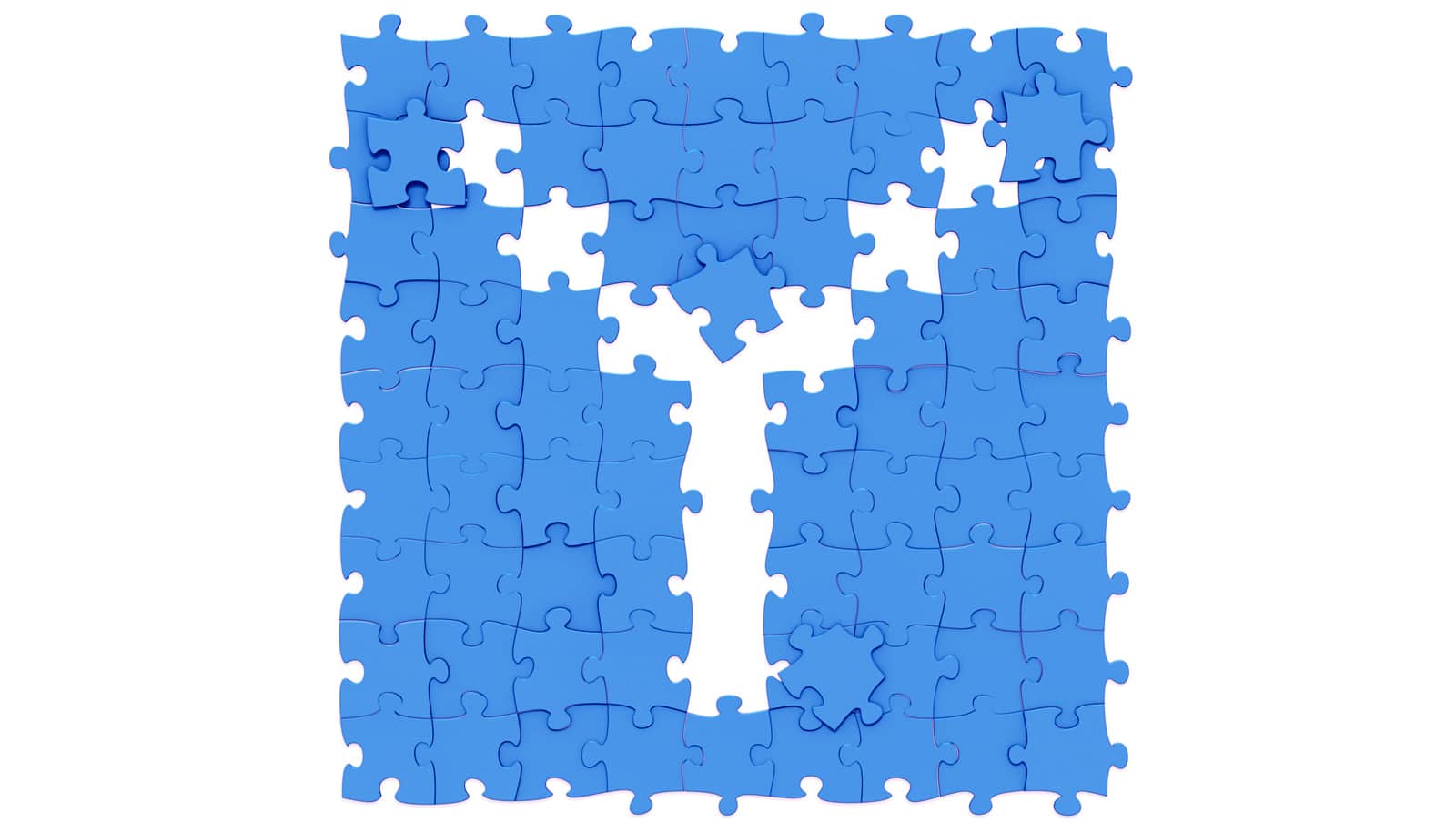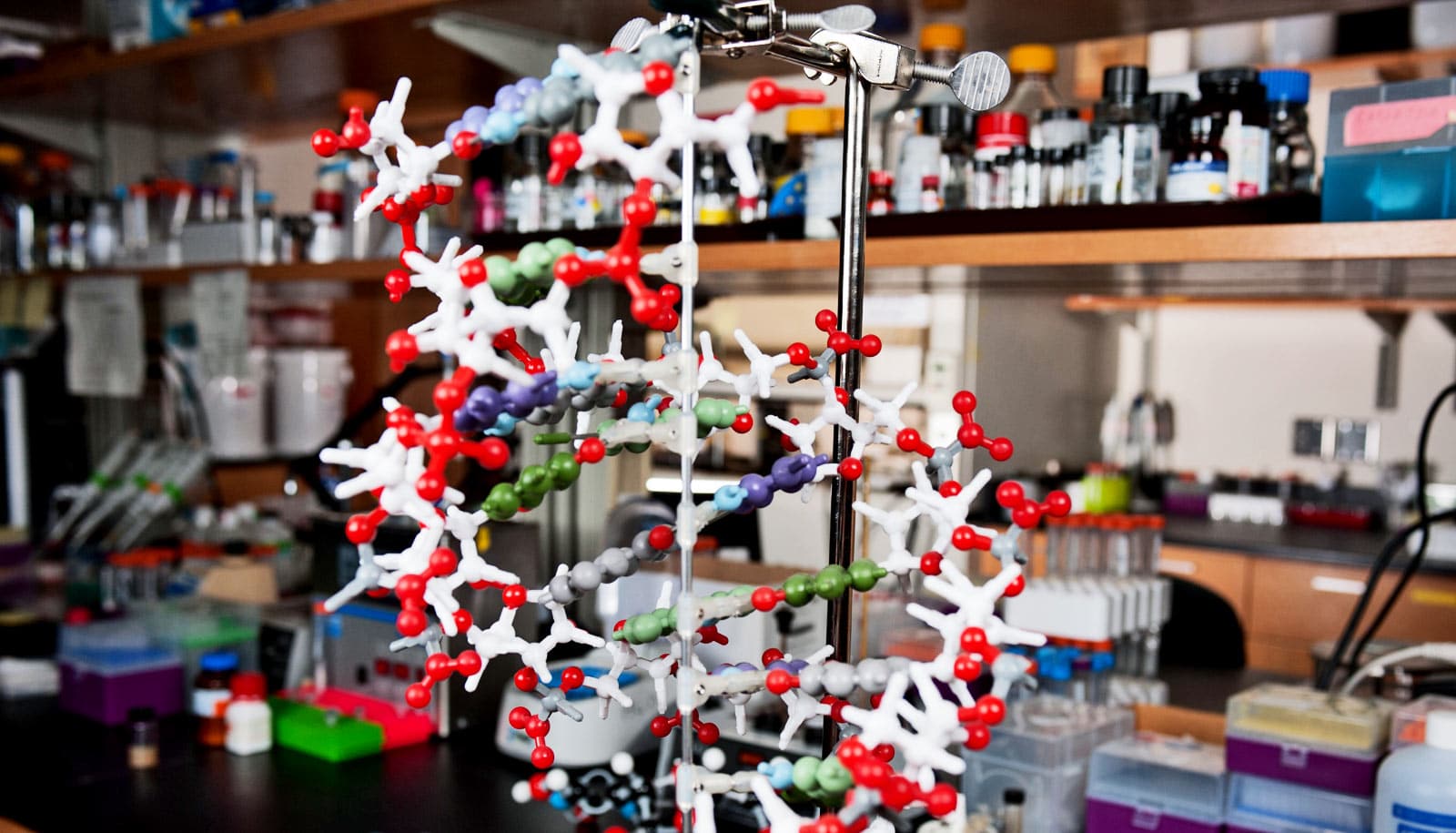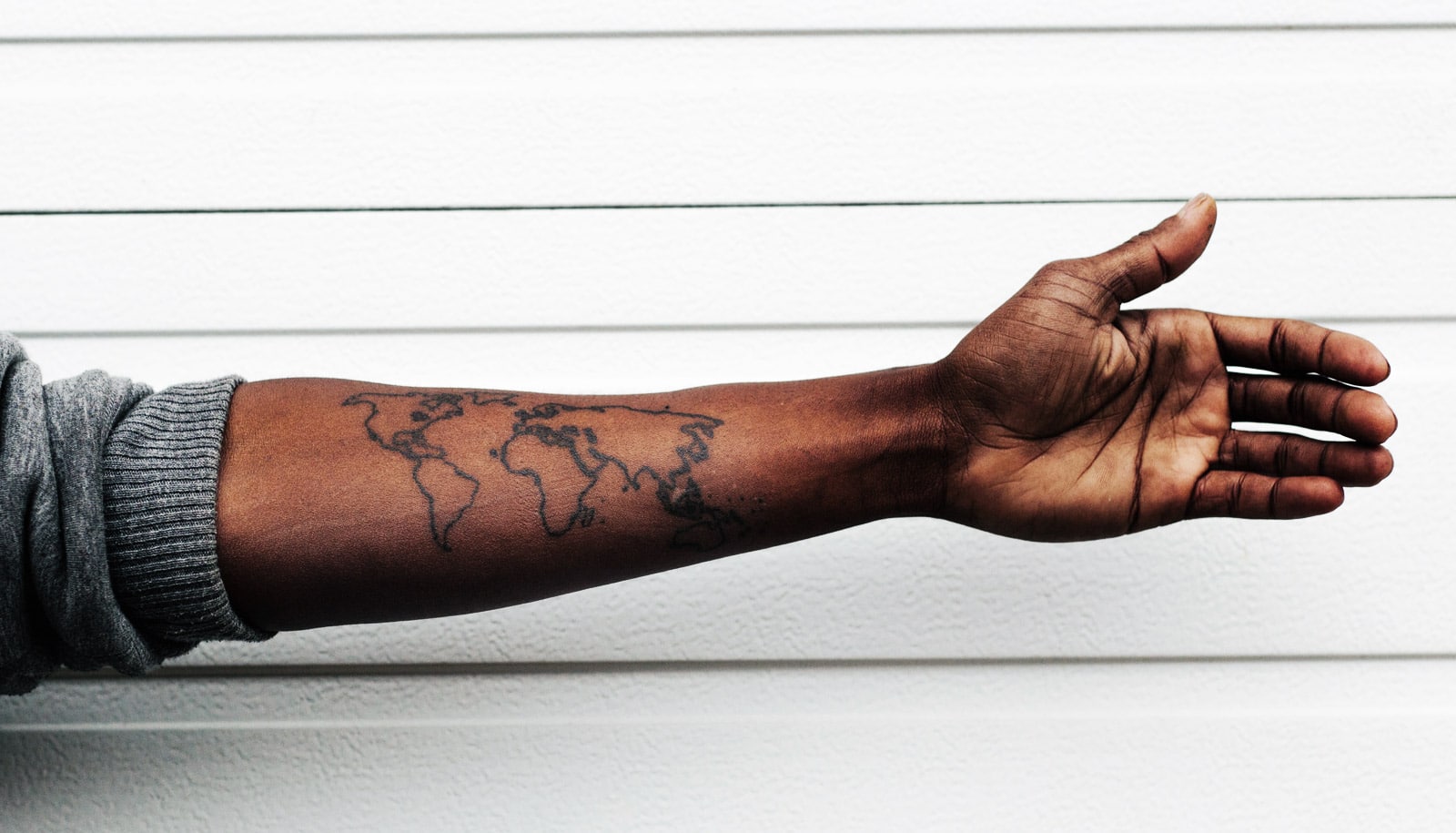At-home DNA testing kits may be popular, but new research finds that not everyone is eager to find out whether they are related to the British royal family or a Neanderthal.
In a survey of nearly 110,000 Americans, researchers found that people who feel most certain of their heritage are more likely to decline a free test because they believe the results would confirm what they already know—even if their perception of their ancestry might not be accurate.
Several factors, the sociologists learned, shape this confidence, including a person’s racial identity and when their ancestors immigrated to the United States.
In their paper in New Genetics & Society, the sociologists find that the closer people are to the immigrant experience, the more certain people feel about their ancestry, the less interested they are in taking a DNA ancestry test.
Those who use testing services are most likely to be later-generation Americans, with self-identified white, black, and multiracial Americans being the most likely to have already taken a test. Asian Americans, regardless of how many generations they are removed from immigrant ancestors, expressed the least interest.
The survey was part of a larger study of American adults registered with the National Marrow Donor Program that examined race, ancestry, and genetic measures to improve donor-recipient transplant matching.
‘Who’s not taking these tests?’
“Most of the debate around DNA ancestry tests has been about who is taking them and what to make of their results,” says Aliya Saperstein, an associate professor of sociology at Stanford University’s School of Humanities and Sciences. “We wanted to come at it from the other side: Who is not taking these tests?”
As part of the survey, the researchers asked whether people would be interested in taking a DNA ancestry test if it were free. A large majority—93 percent—said yes, 5 percent reported already having taken an ancestry test, and fewer than 2 percent said they were not interested. However, respondents who self-identified as Asian were more than twice as likely to express disinterest, with 5 percent declining a hypothetical free test.
Researchers asked respondents who declined to explain why: Pre-existing ancestral certainty was among the reasons participants cited most. The least cited explanations were data privacy issues and skepticism about test accuracy—but the researchers note, because they were working with a sample from the bone marrow program, these respondents were probably more open to sharing their biological information than others.
Asian Americans were the most likely to claim ancestry certainty—1.2 to 3.9 times greater than self-identified white respondents—even for Asian Americans whose relatives immigrated to the United States four or more generations ago. They were also by far the most likely to report that all four of their biological grandparents were from the same single origin.
“Some people are drawn to genetic ancestry tests because they offer a story of your difference,” says Saperstein. “Other people, especially those who are convinced their ancestry is homogenous, do not see the point.”
As one respondent said: “My family and I are all from Korea, which is comprised of only Koreans traditionally, so I know I’m 100 percent Korean.” Similarly, another respondent alluded to homogeneity—coming from just one part of the world—as a reason for their disinterest: “My entire family including myself is from China. It is extremely unlikely that I would have any other ethnicities mixed in.”
Certainty vs. uncertainty
“The history and timing of migration to the US weakened family ties for some people more than others,” says Adam Horowitz, lead author of the paper, who received his PhD in sociology at Stanford.
“Genetic ancestry testing is marketed to relieve uncertainty,” he says.
For instance, says Saperstein, testing companies have appealed to black Americans who never knew their origins because of information lost in the trans-Atlantic slave trade, as well as to descendants of people who came to the United States during the height of European immigration in the 19th and early-20th centuries.
And as data from the survey confirms, the appeal for DNA ancestry testing was highest among third-or-later-generation black and white Americans, who reported significantly less homogeneity and significantly more overall uncertainty about their family ancestry, the researchers say.
“As each generation of European immigrants intermarried, specific ancestral attachments became more unknown, more distant, and less salient,” says Horowitz.
Third-or-later-generation black and white Americans also expressed the most interest in taking a genetic ancestry test and were most likely to have already taken a test. The sociologists also found that multiracial respondents were significantly more likely than monoracial white respondents to have already taken a genetic ancestry test.
Getting left out
These differences shape who is included in genetic ancestry databases, the researchers say, noting that this has implications on what conclusions can be drawn from the data.
“What was surprising were the clear patterns in who was not interested in taking an ancestry test,” says Saperstein. “It implies a fair amount of selection into who is in the databases, and that affects the results that everybody receives.”
Some of the largest test companies offer updates of previous ancestry results as their consumer databases expand, says Saperstein. Previous test takers who have homogenous ancestries are incorporated as benchmarks, with their DNA serving as the comparison group for everyone else, she says.
“It is important for people to educate themselves about what genetic ancestry tests can and cannot reveal, and our results add another reason for caution,” says Saperstein, whose scholarship focuses on race and methodology.
“It would certainly be ironic if people who are the most certain they have homogenous ancestries are also the least likely to be represented in these databases.”
Other coauthors came from the National Marrow Donor Program and the University of California, San Francisco. The National Institutes of Health supported this research.
Source: Stanford University



